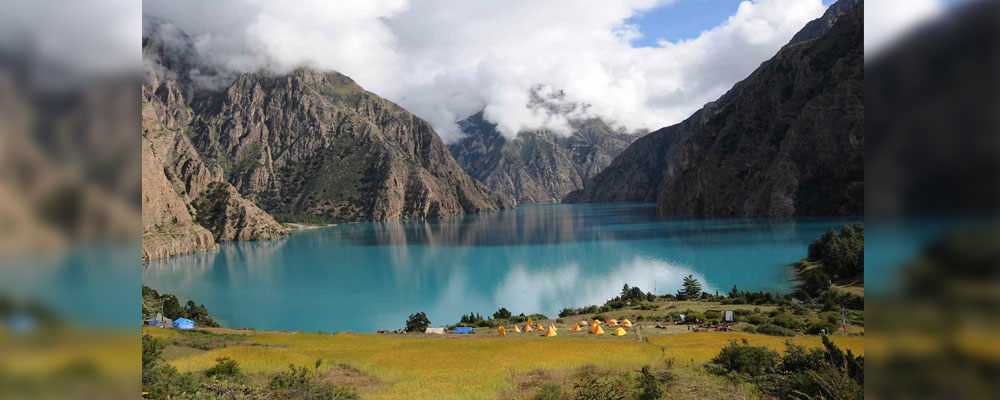
Kathmandu, Feb. 3: Various programmes were organised in the country to commemorate World Wetlands Day which is celebrated on February 2 every year. However, experts have voiced concerns, stating that the significance of the day often remains limited to slogans without substantial action.
The National Wetland Policy was first formulated in 2002, followed by a second formulation in 2012. However, there remains a lack of corresponding legislation and regulations to effectively implement these policies. The experts have criticised the government for its inadequate efforts to conserve wetlands, particularly in the Tarai region and the Kathmandu Valley.
Despite the importance of wetlands for ecosystem restoration, marshes in Nepal are facing numerous threats and challenges, including urbanisation, agricultural expansion, pollution, invasive species and unsustainable resource extraction, said ornithologist Dr. Hem Sagar Baral.
According to Dr. Baral, wetlands are essential for a multitude of ecological, social, and economic benefits. They serve as habitats for diverse wildlife, including endangered species and play crucial roles in flood control, groundwater recharge, water purification, and climate regulation.
However, wetlands in the Kathmandu Valley, such as the Bagmati, Bishnumati, Taudaha, and Manohara rivers, along with various other rivers, are deteriorating due to the influx of human waste.
This year, the day was celebrated under the theme "Wetlands and Human Wellbeing," emphasising the significant contributions of wetlands to flood protection, clean water, biodiversity, and recreational opportunities, all of which are essential for human health and prosperity.
However, it is concerning that wetlands, which play a crucial role in providing water sources for human well-being, are being polluted, experts said.
Wetland expert Top Bahadur Khatri highlighted that wetlands in the Tarai region are being encroached upon, while high-altitude wetlands are expanding. Both situations pose risks to living beings and ecosystems.
“The rivers in the Kathmandu Valley are polluted due to anthropogenic activities, including the draining of underground water and pollution of rivers. Given this situation, it becomes challenging to sustain wetlands in urban areas,” Khatri added.
However, he mentioned that there was no problem in the mid-hill areas.
There is a National Wetland Policy 2012, but the government has shown little concern about establishing its regulatory framework, he added. There should be an Act to provide the necessary support for the Policy, Khatri said.
Gobinda Pokharel, a conservation officer at the National Trust for Nature Conservation, expressed concern about the impact of concrete artificial ponds on the beauty of natural ponds. He said, “Many aquatic animals are disappearing because of the concrete ponds, as they require river banks to lay eggs and bask, but there is no space for that in the concrete ponds.”
Dr. Baral remarked that the government's focus was primarily on the protected Ramsar sites, but it had not shown adequate concern for the wetlands within the capital valley.
Nepal boasts several Ramsar sites designated under the Ramsar Convention, signifying their international significance.
Notable wetlands among these include the Koshi Tappu Wildlife Reserve, Ghodaghodi Lake, Bis Hazari Tal, and Jagadishpur Reservoir.
According to Khatri, various initiatives should focus on empowering local communities to participate in wetland conservation by involving them in management decisions, adopting sustainable practices, and contributing to conservation activities.
These community-based approaches effectively achieve long-term conservation goals while supporting local livelihoods, he added.
Nepal boasts approximately 242 wetlands covering an area of around 743,500 hectares, accounting for nearly 5 per cent of the country's total land area. These wetlands are recognised as some of the most productive ecosystems globally, according to the Nepal Tourism Board.
Wetlands, home to over 100,000 species, provide essential freshwater and support global food production.












